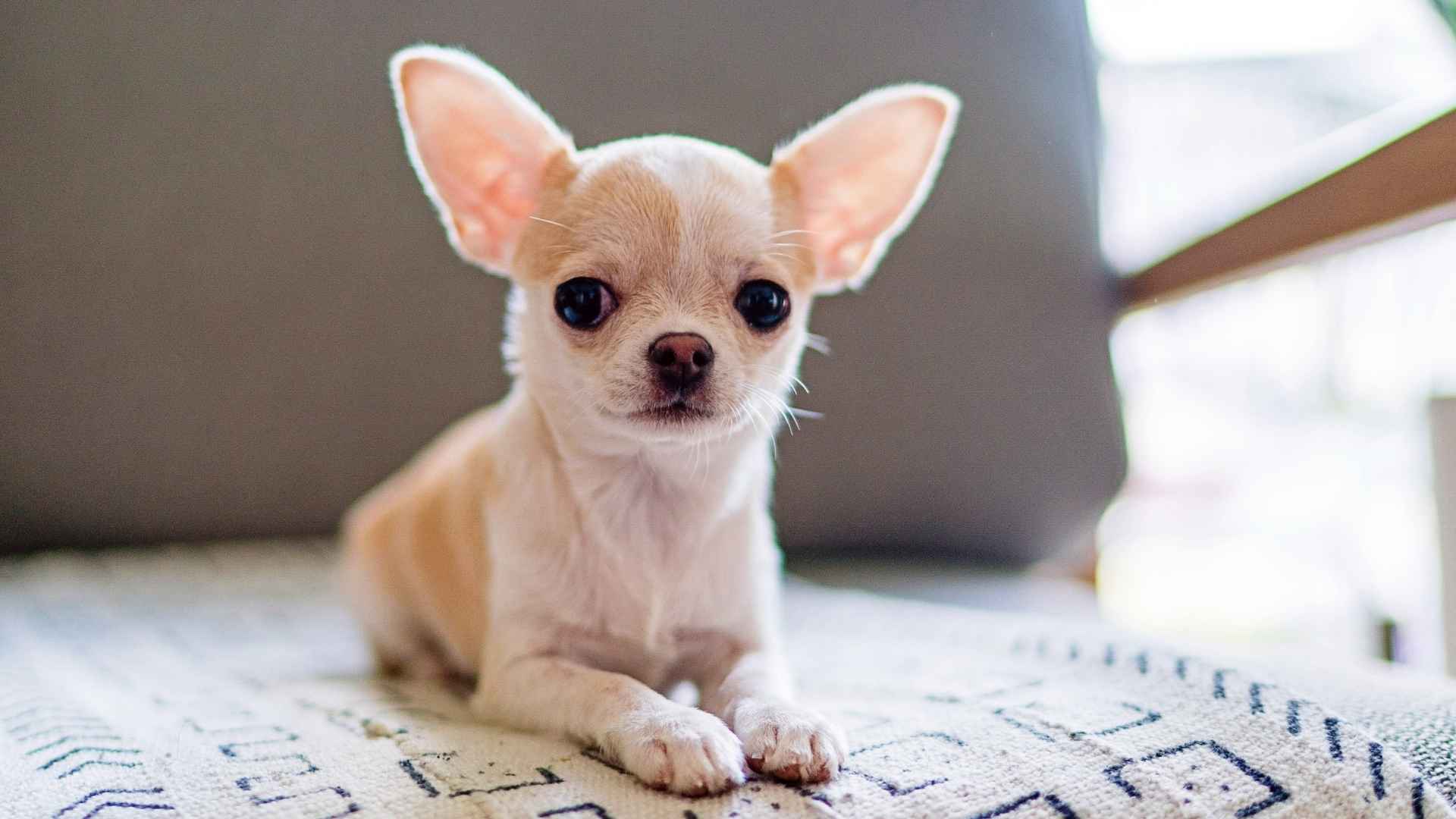Small dogs are winning big in the lifespan game. While large breeds often live just 8-10 years, many tiny pups cruise past 15 years with ease. That’s nearly double the time! These small dogs pack all the loyalty, love, and personality of bigger dogs into a longer-lasting, apartment-friendly package.
They cost less to feed, need smaller toys, and often have fewer health problems. Plus, when vet bills do come, treatments for smaller dogs typically cost less than for large breeds.
If you’re looking for a furry friend who’ll be part of your family photos for many years to come, these nine long-living tiny breeds deserve your attention. They prove that sometimes the best things really do come in small packages.
Tiny Dog Breeds with a Long Lifespan
1. Bichon Frise
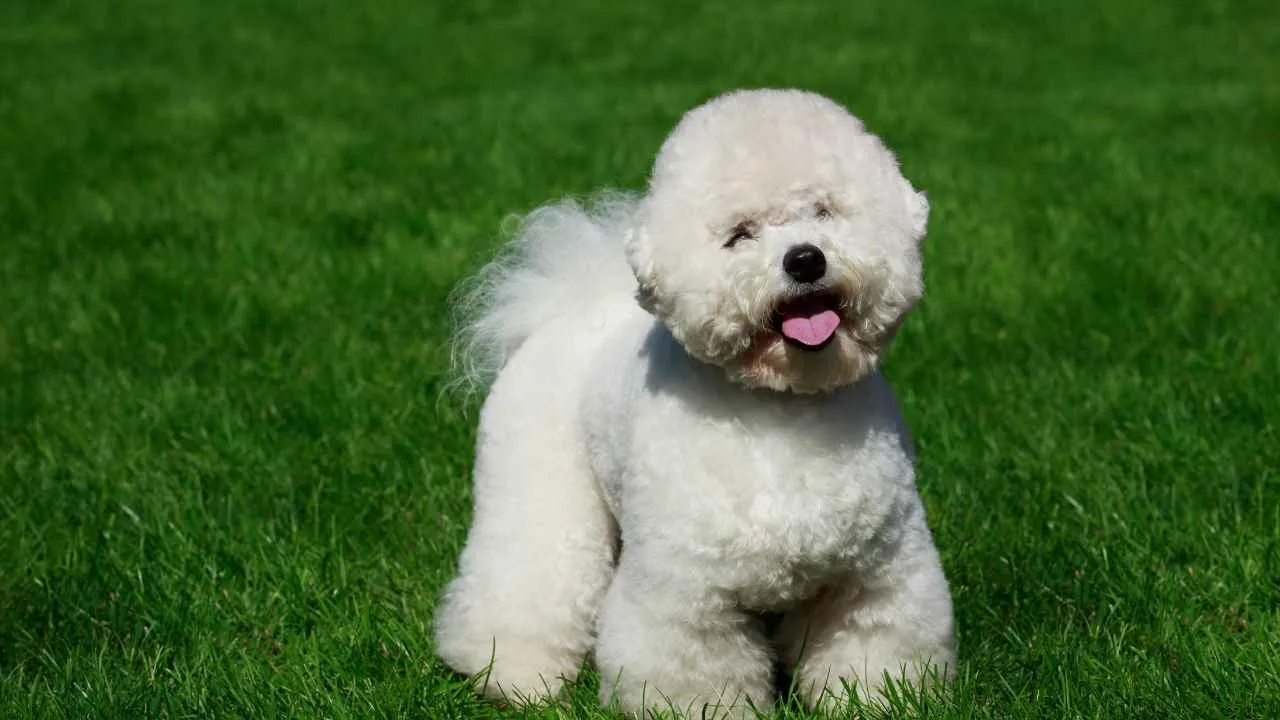
The Bichon Frise might look like a fluffy marshmallow, but there’s more spark packed into this little frame than most expect. These pups are famously cheerful, always ready to engage with people, other dogs, or even the cat who’d rather be left alone. Their sociable nature makes them ideal lap dogs, but they’re not clingy — just companionable.
Long life, low drama
One of the more impressive things about the Bichon is its life expectancy, which often ranges between 14 to 15 years. That’s a long time to share your home with a dog who doesn’t shed much, rarely smells, and tends to keep a puppy-like energy well into their senior years.
Low allergens, high affection
What makes them stand out among small dogs is their hypoallergenic coat, ideal for allergy-prone families. Regular grooming keeps them looking plush, but beyond the salon visits, their care needs are manageable. They thrive on affection, quick walks, and playful games, but won’t throw a tantrum if you skip a day.
Tiny dog, sturdy spirit
They may be petite, but Bichons are not delicate. They’re resilient, adaptable, and quick to recover from new situations — whether that’s a noisy dinner party or a sudden move. Their charm isn’t just in the looks; it’s in how easily they make themselves part of the family.
2. Maltese
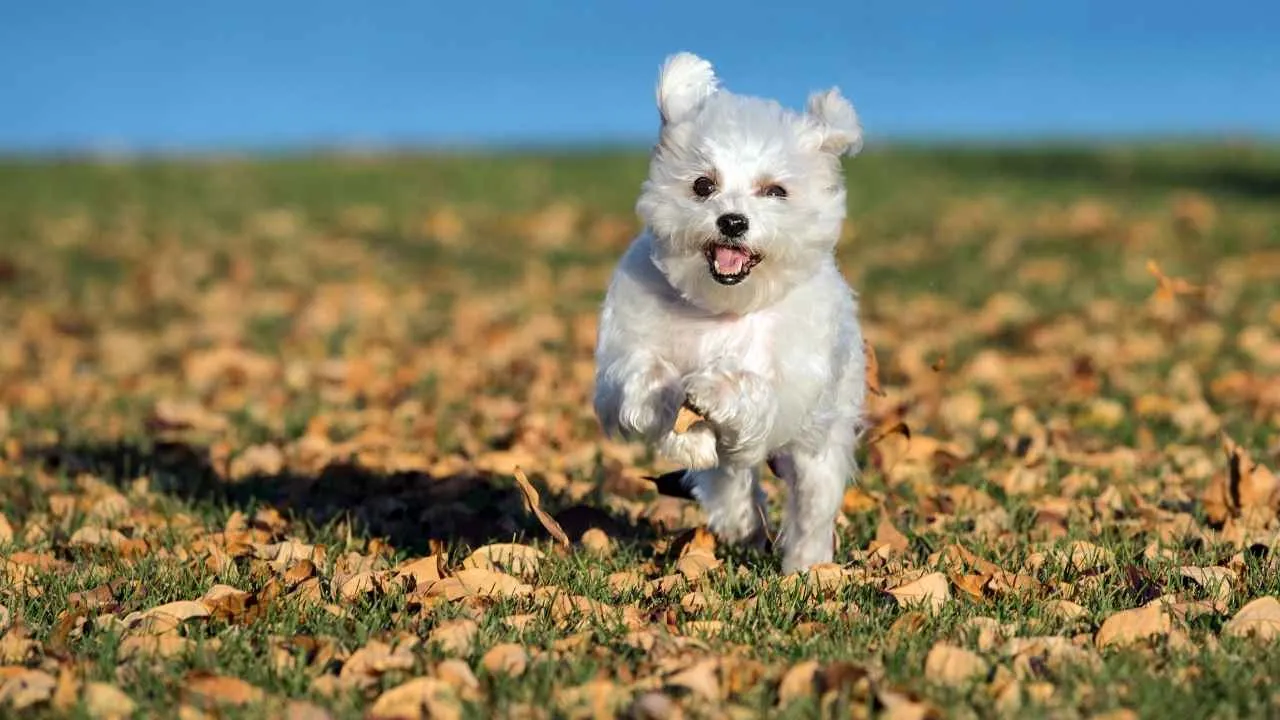
The Maltese isn’t just a lap warmer — it’s a shadow that follows with devotion. Known for forming strong bonds with their favorite humans, these dogs are rarely more than a few steps away from their chosen pet parents.
Despite their refined look, they’re full of energy and will alert you to every knock or unfamiliar sound. Surprisingly, that sweet face hides one of the most alert watchdogs in the toy group.
Longevity with love
On average, a Maltese dog lives between 12 to 15 years, though many push past that with proper care. Their compact size plays a role, but it’s their naturally healthy genetics and moderate activity needs that contribute to such steady lifespans, as per PetMD.
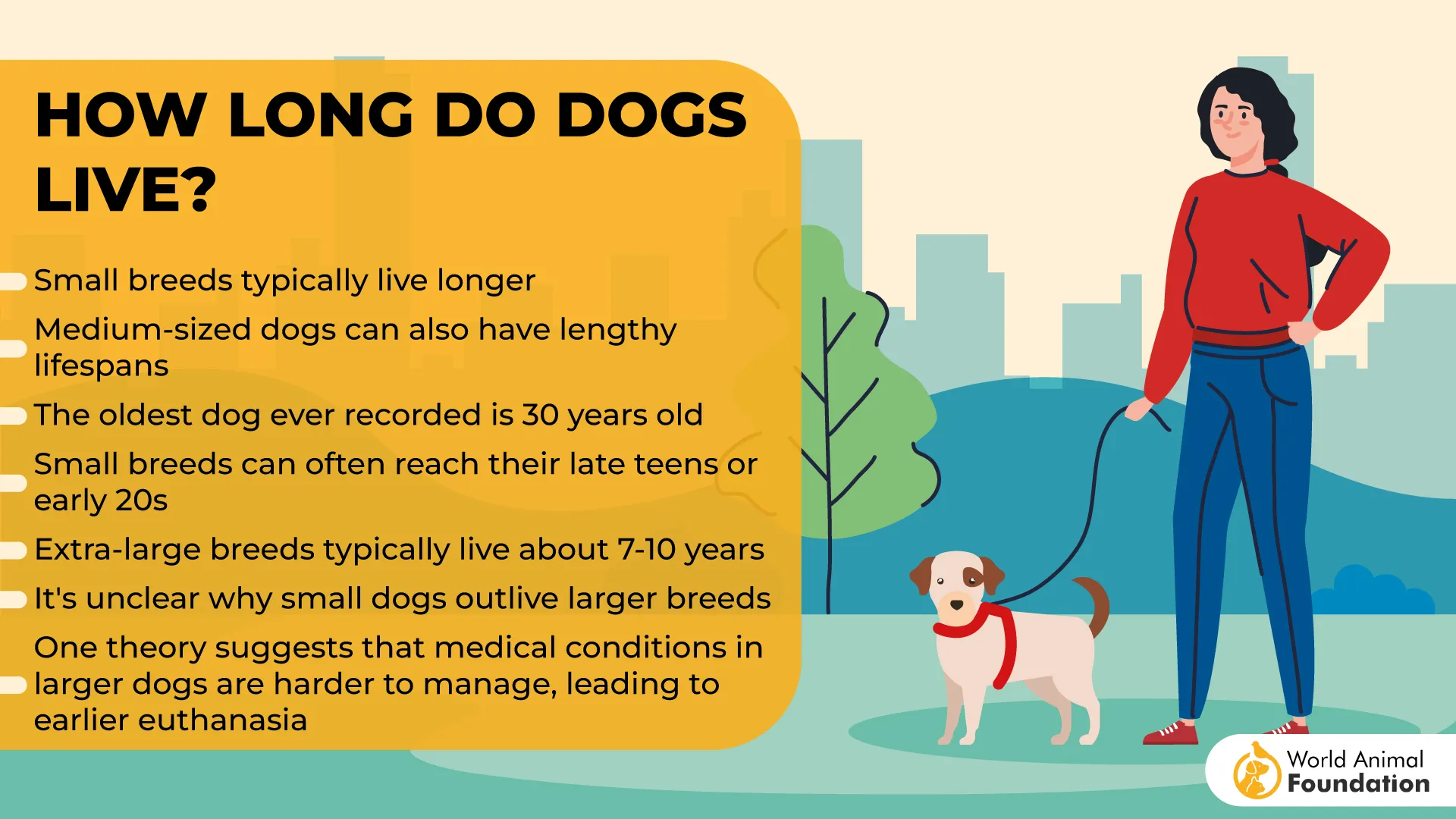
They don’t require intense exercise — just your company, some playtime, and a bit of daily movement.
Luxury coat, minimal shedding
What sets the Maltese apart from other small dog breeds is that striking white coat, long, silky, and surprisingly low in shedding.
While it needs routine brushing to avoid tangles, it doesn’t leave fur on your furniture or clothes. That elegance, paired with their cuddly size, makes them favorites for people in apartments or smaller spaces.
3. Affenpinscher
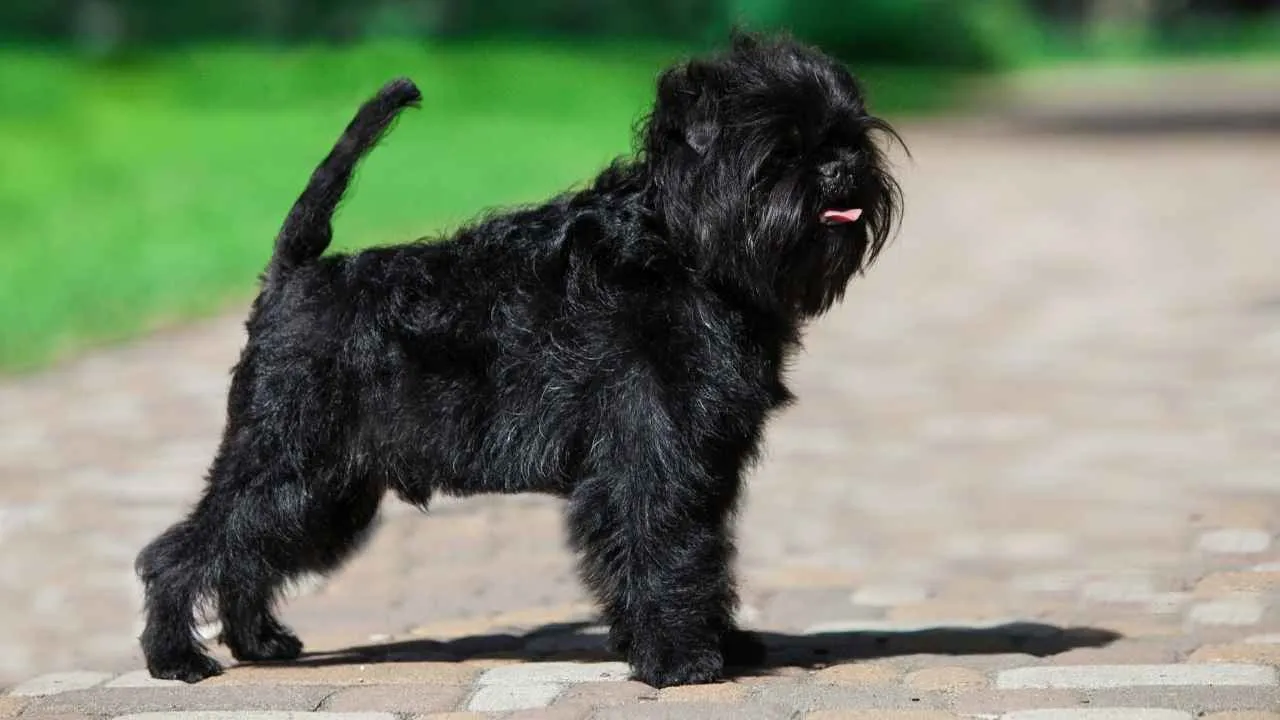
The Affenpinscher may look like a little monkey with its expressive face and wiry fur, but there’s no mistaking its terrier spirit. Always curious and full of character, this tiny dog has a surprisingly bold personality.
It doesn’t act like it’s part of the small breeds group — it acts like it runs the room, even if it’s standing next to dogs three times its size.
Compact size, lasting companionship
The average lifespan of an Affenpinscher falls between 12 to 15 years, and they often stay spry for most of it.
Their healthy weight typically sits around 7 to 10 pounds, which makes it easy for them to stay agile and active without the health struggles some toy breeds face. These dogs love short walks and puzzle toys — more brain work, less burnout.
Not for pushovers
They’re not the type to perform on command or follow rules just because. That independence is charming to some and frustrating to others, so prospective owners need to appreciate the Affen’s mix of stubbornness and smarts, as stated in the AKC. They’re loyal and loving, but on their terms.
4. Papillon
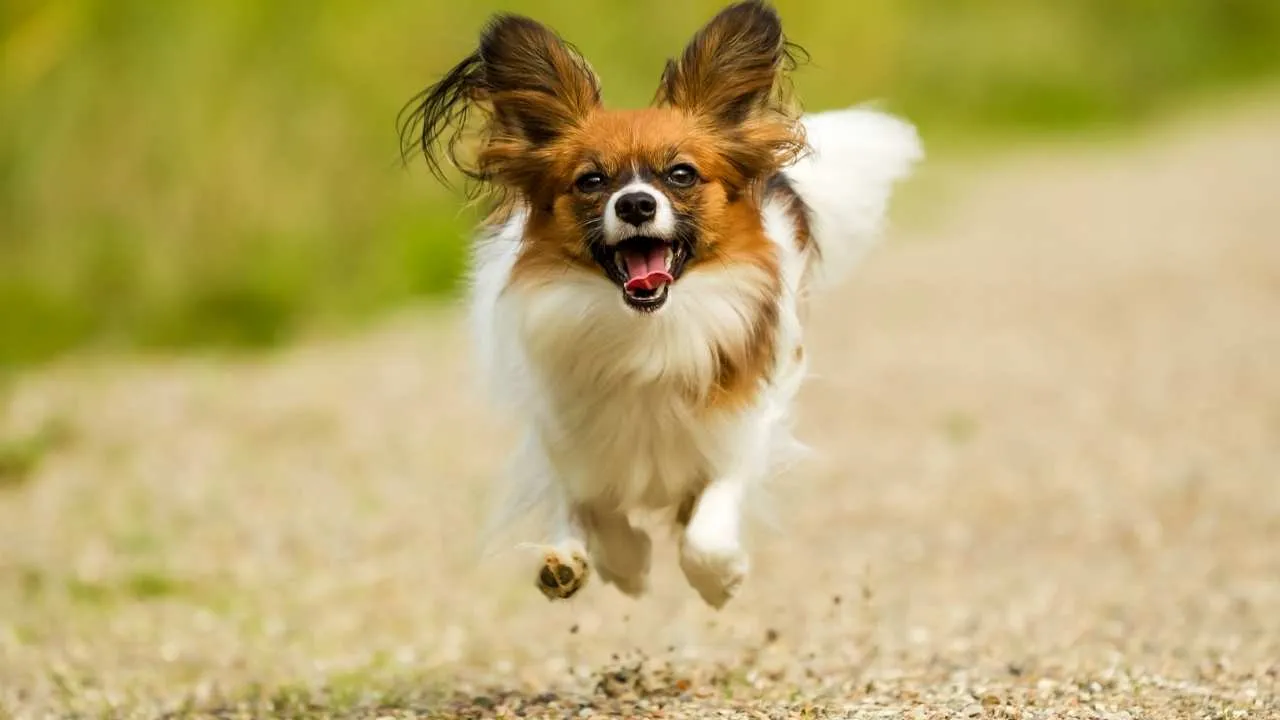
Named after the French word for “butterfly,” the Papillon gets its name from those large, wing-shaped ears that stand tall over its delicate frame, as Hills Pet highlighted.
But don’t let the size fool you — this breed is lightning-fast and alert, always ready to zip across the room or learn a new trick before you even finish the treat bag.
Smarts and spirit in one package
What sets Papillons apart from many popular breeds is their intelligence. Ranked among the top 10 smartest dog breeds, they excel in agility and obedience competitions.
They’re problem-solvers too, often figuring out how to open doors or climb their way onto places they technically shouldn’t reach. This makes training a must, not just a nice-to-have.
Loyal to you, not just your routine
Papillons are fiercely loyal, forming strong bonds with their humans and often sticking by one favorite person like a shadow. That said, they aren’t anxious or overdependent. They can adjust well around other pets, including cats, as long as early socialization is part of the plan.
Small but sturdy
When it comes to health factors, Papillons are relatively low-risk if well-bred. With a life expectancy of 14 to 16 years, they stay playful even in their older years. Proper dental care is key, though — their tiny mouths are prone to buildup and gum issues.
5. Pomeranian
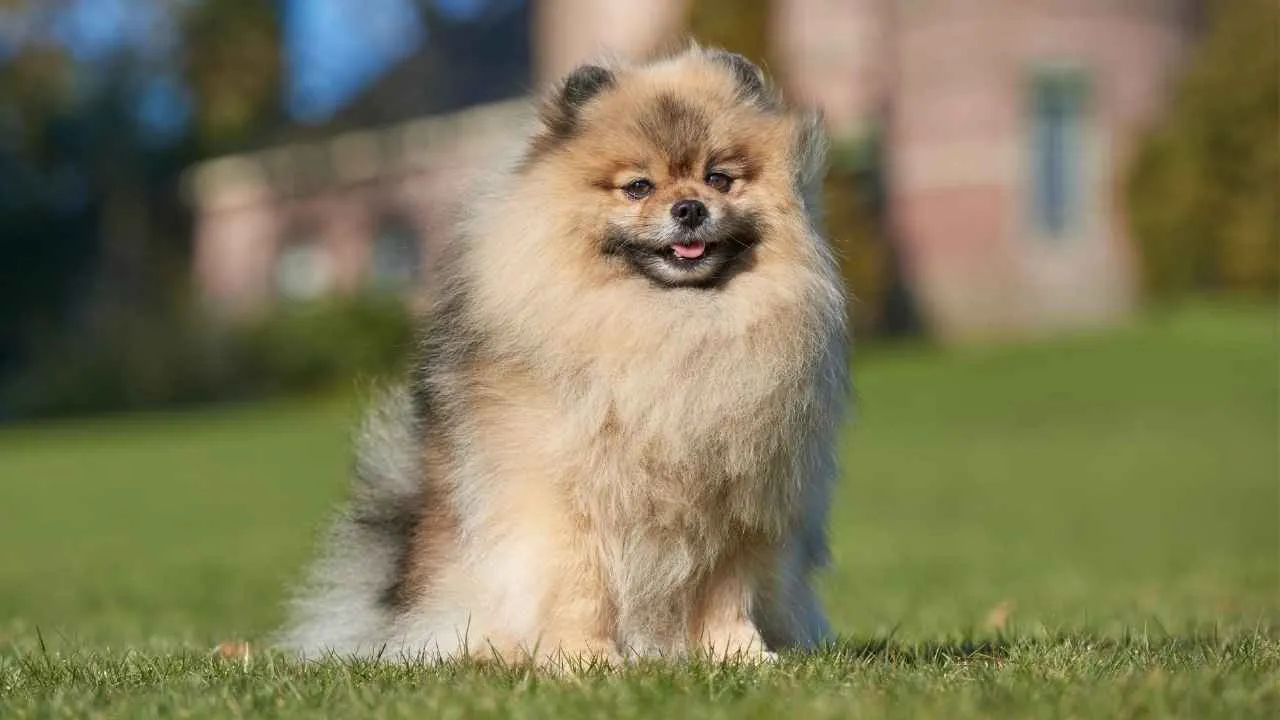
The Pomeranian may weigh just 3 to 7 pounds, but it carries itself like it owns the room. These tiny dynamos are alert, expressive, and bold — often acting like watchdogs in a toy-sized body.
Their bark is far bigger than their bite, but they don’t seem to know that. With big personalities packed into their puffball form, they’re hard to ignore and even harder not to love.
Long life, loyal heart
Pomeranians are among the longest living dog breeds, frequently reaching 12 to 16 years, with some even hitting 18.
Their small size works in their favor when it comes to longevity, but genetics also play a role. Regular vet visits, a healthy diet, and keeping their tiny frames fit can help them stay energetic well into their senior years.
Smart, sassy, and social
Highly intelligent and sometimes a little too clever, Poms enjoy being mentally stimulated. They love puzzle toys, trick training, and any chance to impress.
As four-legged friend, they tend to form strong attachments to their humans, sometimes choosing one favorite person to follow around the house like a fuzzy shadow.
6. Yorkshire Terrier
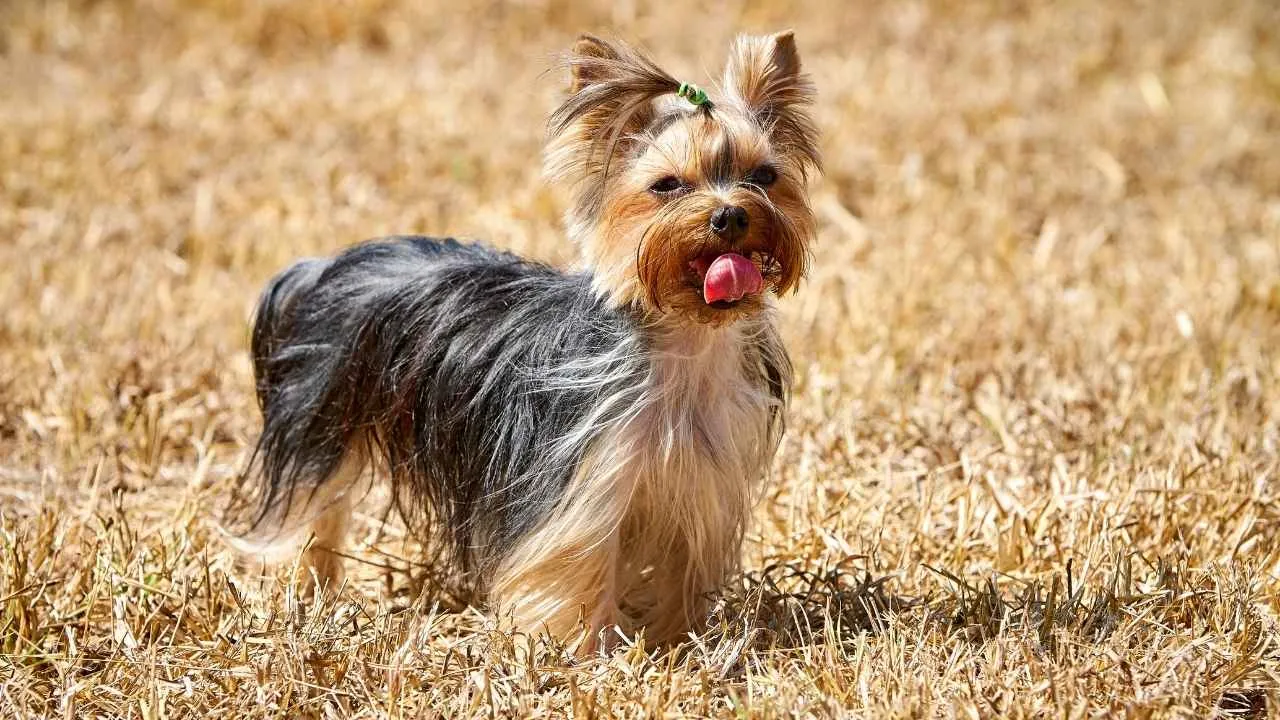
The Yorkshire Terrier stands just 7–8 inches tall, but its confidence could rival a dog ten times its size. This breed has a spirited, sometimes stubborn personality that often surprises new owners.
With a background as a rat hunter in textile mills, the Yorkie is anything but fragile, despite its silky coat and dainty looks.
Longevity with some care
A typical lifespan of 13 to 16 years makes Yorkies one of the sturdier toy breeds. However, there are a few common health conditions to be aware of, like collapsed trachea, dental issues, and luxating patella.
Regular vet checks and early detection play a big role in managing these concerns, making routine care an important factor in your dog’s long-term well-being.
A companion that sticks close
Yorkies don’t just want to be near you — they prefer being involved in everything. Whether you’re working, resting, or moving from room to room, they’re right there with you.
This attachment makes them a loyal best friend, but also means they don’t enjoy being left alone for long stretches.
Looks that require effort
That luxurious coat doesn’t stay silky on its own. Grooming a Yorkie takes time, and owning one is a big responsibility, especially if you opt to keep the long show-style hair instead of a practical puppy cut.
7. Shih Tzu
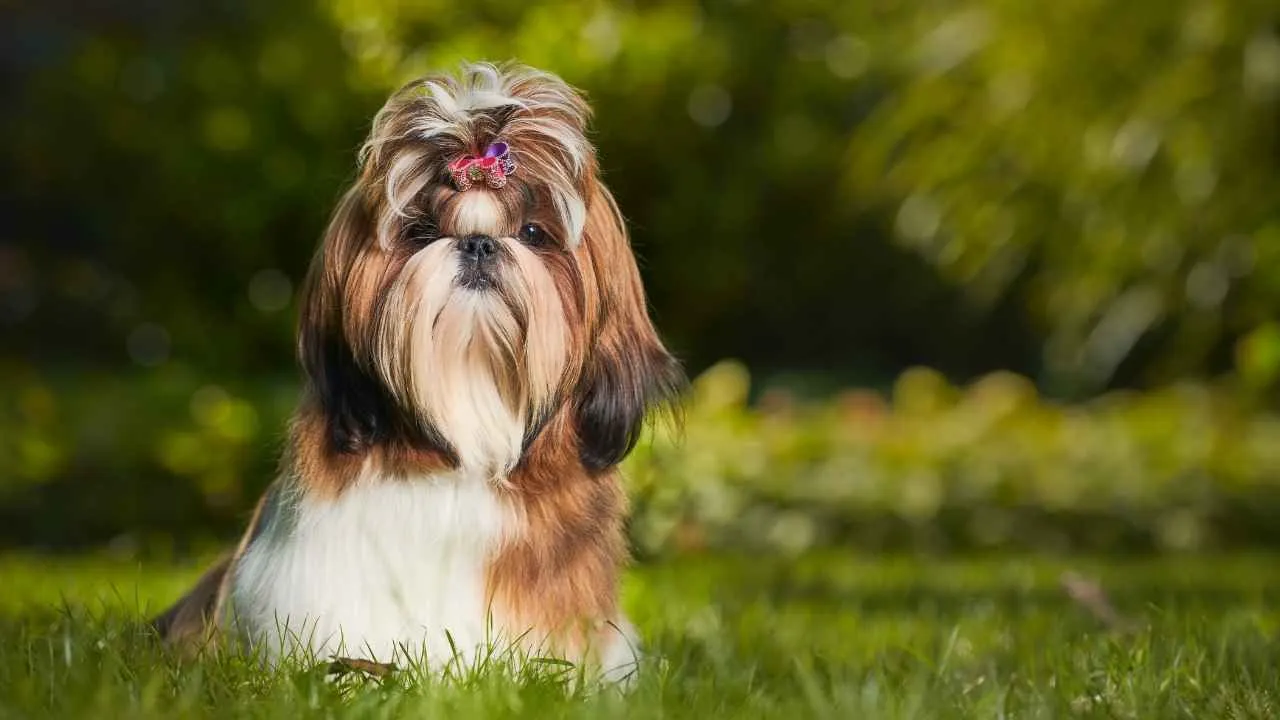
Originally bred as palace companions in ancient China, Shih Tzus have a natural elegance — but they’re not snobby about it.
Their affectionate nature and relaxed attitude make them ideal for calm households. They’re people-focused, content to follow you around, and genuinely enjoy being where the action is (even if that just means sitting on your lap while you watch TV).
Low-key but not lazy
While their energy levels are generally low to moderate, Shih Tzus do need light daily activity to stay healthy. A few short walks and some indoor play are usually enough. They aren’t likely to demand marathons — just your company and a cozy space to unwind.
Long life in a small package
Unlike many small dogs that might have fragile dispositions, Shih Tzus are sturdy and resilient. With proper care, they tend to live longer, often reaching 10–18 years and sometimes beyond. Dental hygiene, joint health, and routine checkups are key in helping them stay sprightly in their senior years.
Built for companionship
They were never meant to hunt or herd — they were bred to sit beside royalty and be doted on. That purpose remains unchanged today. Shih Tzus aren’t just pretty faces; they’re gentle, intuitive companions who fit easily into family life.
8. Poodle
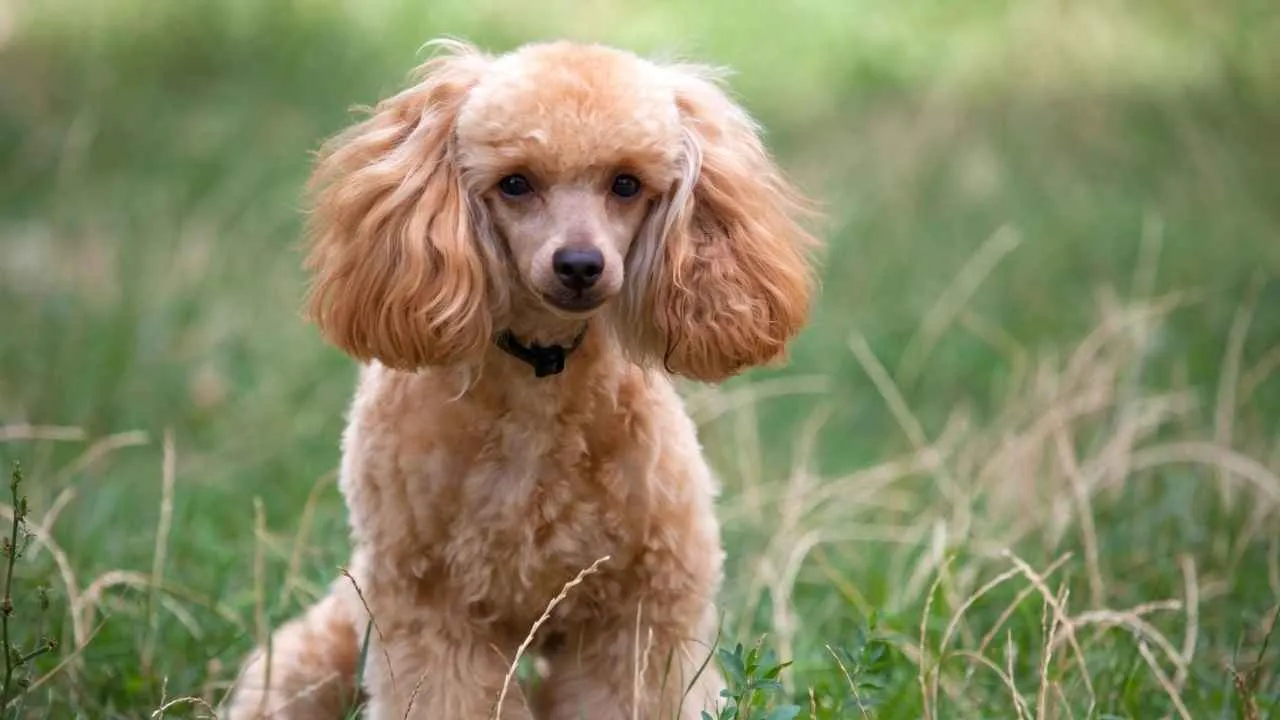
Poodles are often recognized for their elegant looks, but underneath all that fluff is one of the smartest dog breeds in the world.
Their intelligence makes them fast learners, easily picking up commands, routines, and even emotional cues. That mental sharpness isn’t just for show — they actually need regular engagement to stay balanced.
Not just one size fits all
When people picture a Poodle, they often imagine the standard size, but the toy Poodle is the smallest of the trio, and just as intelligent and trainable.
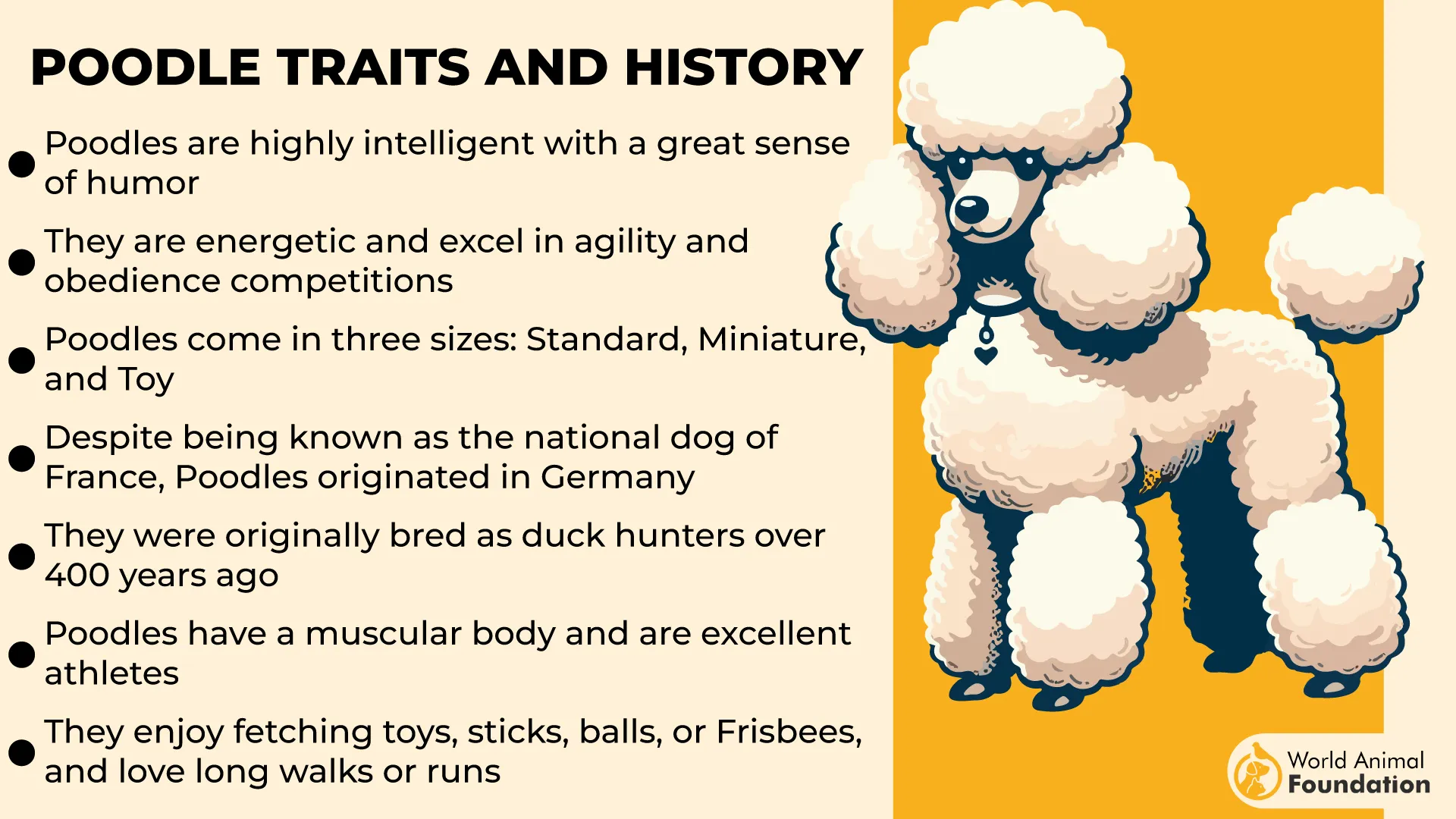
Standing under 10 inches, the toy version makes a great companion for city dwellers who want a bright, responsive dog without sacrificing space. Despite their size, they carry the full Poodle personality.
Lifespan and wellness watchpoints
Poodles often live into their mid to late teens, but they’re also prone to a handful of genetic health issues.
Some common concerns include progressive retinal atrophy, epilepsy, and Addison’s disease. Reputable breeders test for these, and regular vet care can help catch symptoms early, especially in the smaller varieties.
Low-shed, high-maintenance coats
Their curly, hypoallergenic coats are famously low-shedding but need consistent grooming to stay healthy.
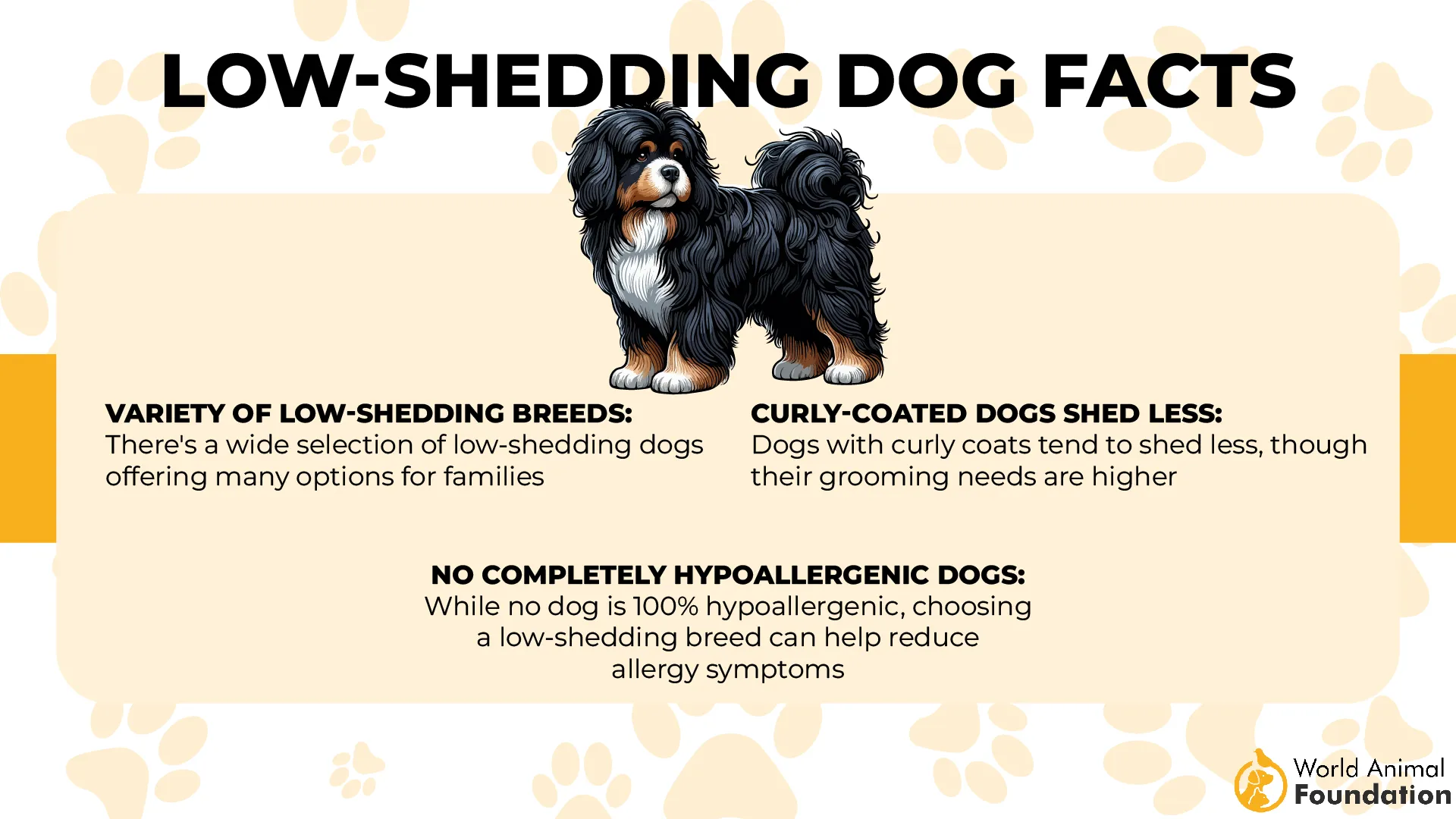
Whether clipped short or left fluffy, the coat is more than a style — it’s a commitment. Daily brushing and professional grooming aren’t optional; they’re part of life with a Poodle.
9. Cavalier King Charles Spaniel
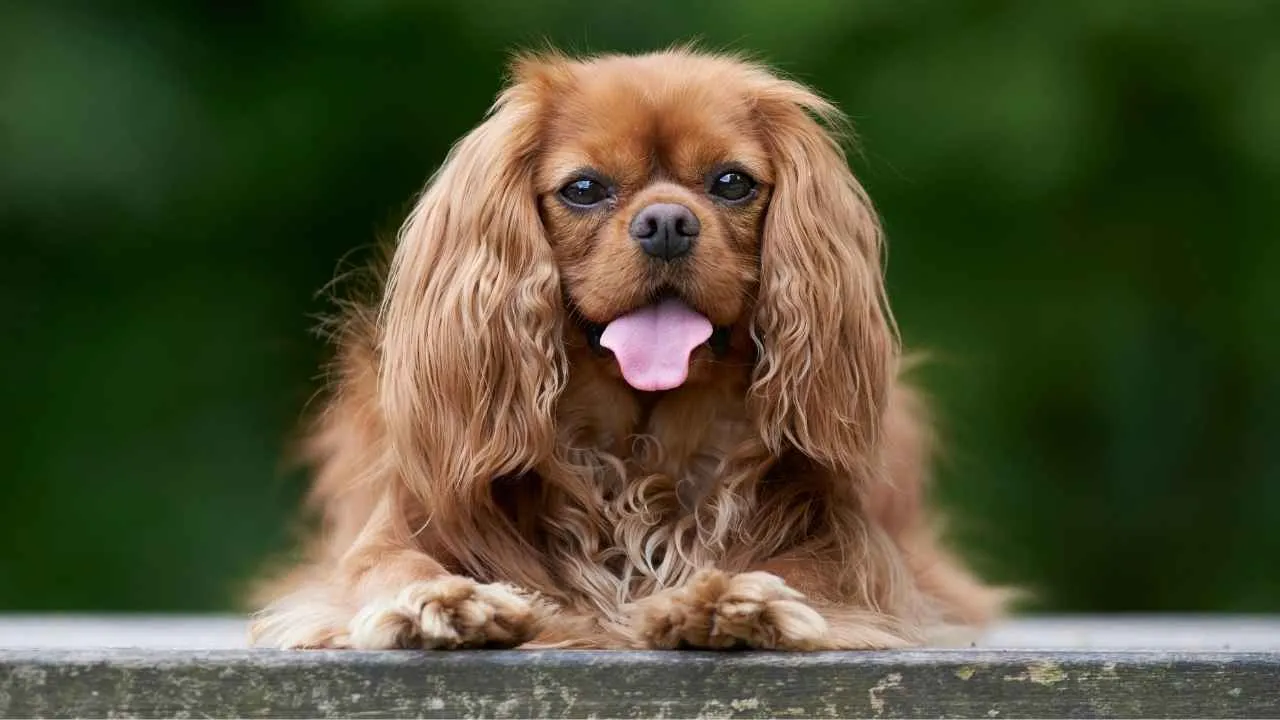
The Cavalier King Charles Spaniel blends the elegance of a toy breed with the warmth of a true companion.
They’re not loud or overbearing — just quietly loyal. Known for their expressive eyes and soft, feathered ears, these dogs often seem to tune into your emotions, responding with nuzzles or simply staying close when you need them most.
A lap dog with a playful side
While they’re famously content to curl up beside you, they’re not all naps and cuddles. Cavaliers do have a playful streak and enjoy short bursts of activity, whether that’s chasing a toy indoors or trotting along on a walk. They’re not demanding, but they do thrive on attention and interaction.
Needs that go beyond cuddles
Though they look low-maintenance, Cavaliers do require consistent care. Their long, silky coat needs regular brushing to prevent mats, especially behind the ears and under the legs.
But more importantly, they are genetically predisposed to certain health concerns, particularly mitral valve disease, which can appear even in middle age.
Friendly to their core
Cavaliers are naturally sociable with people, children, and other dogs. They’re rarely aggressive and don’t bark excessively, making them ideal for calm households.
Their ease around strangers and ability to adapt to new environments make them wonderful travel companions as well as reliable homebodies.
Conclusion
These nine tiny wonders prove that the best companions often come in small packages. While larger dogs might win hearts with their size, these pint-sized pups win with their staying power.
Each breed brings its own personality and charm, but they all share the gift of extended time by your side. Remember that even small dogs need proper care – regular vet visits help catch potential health issues early, ensuring your fur baby stays happy longer.
Whether you live in a spacious house or a cozy apartment, there’s a long-living tiny breed that fits your lifestyle perfectly. The joy of having a small dog isn’t just about their adorable size – it’s about the extra years of tail wags, cuddles, and memories you’ll share together, often with kids who’ll grow up alongside their tiny best friend.


